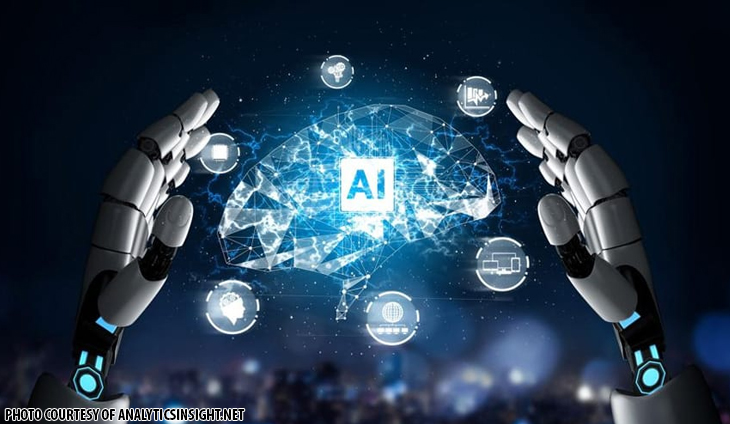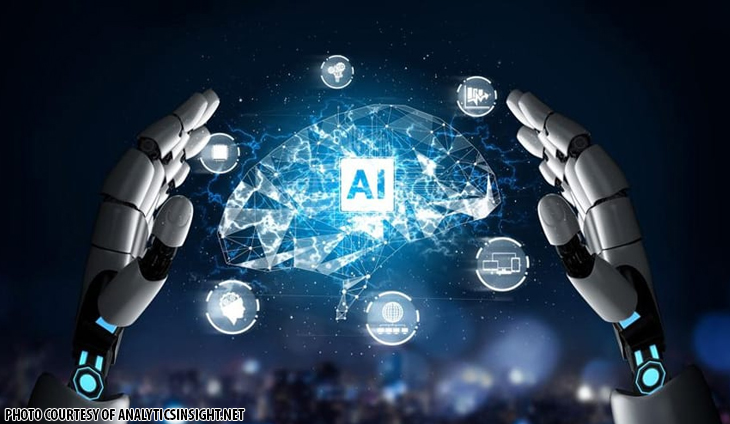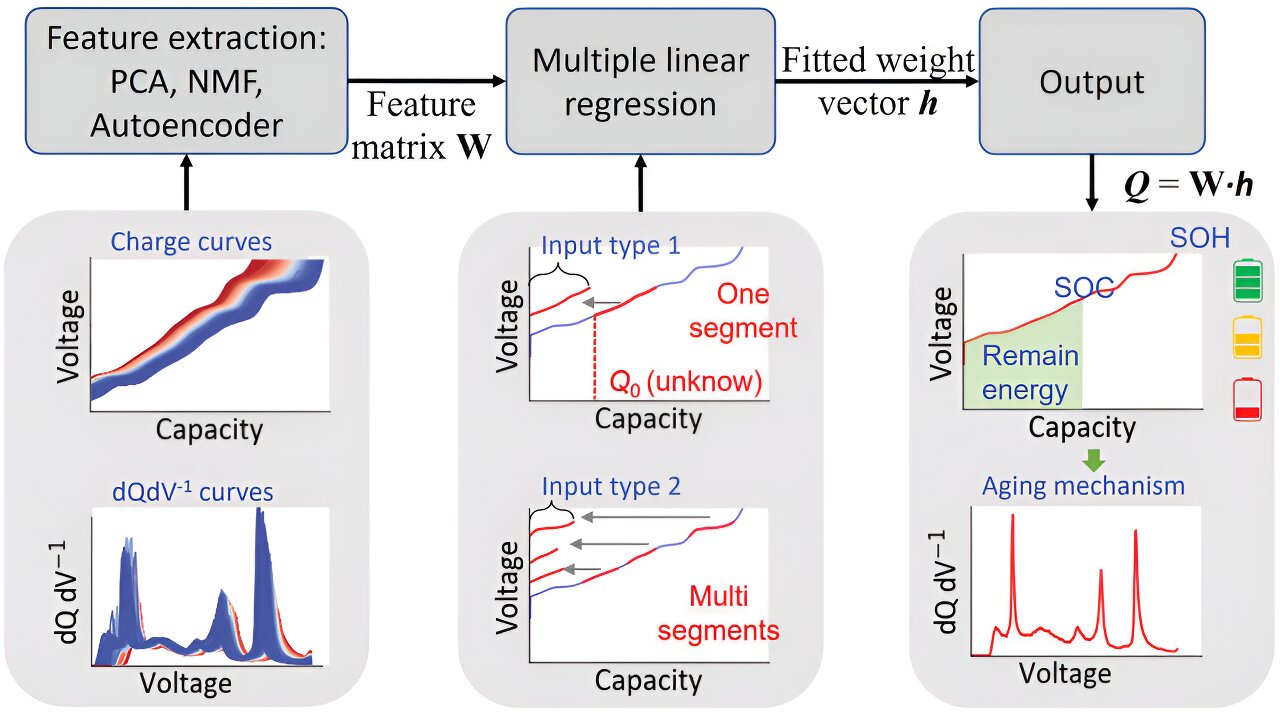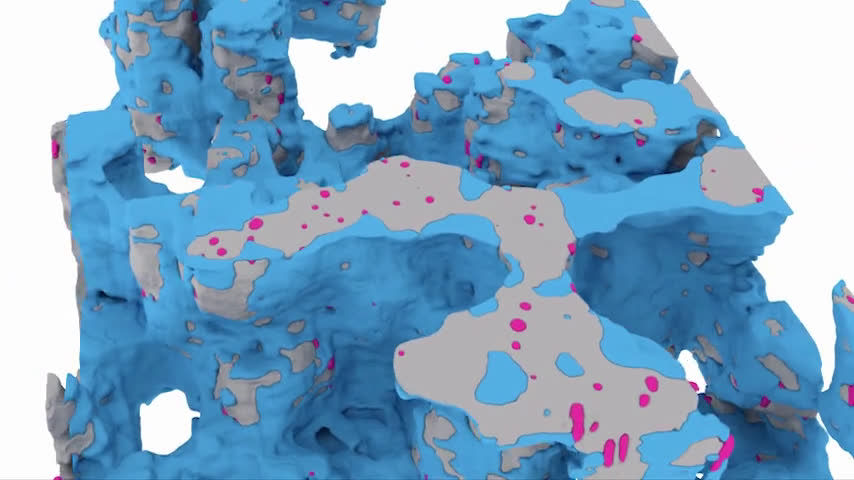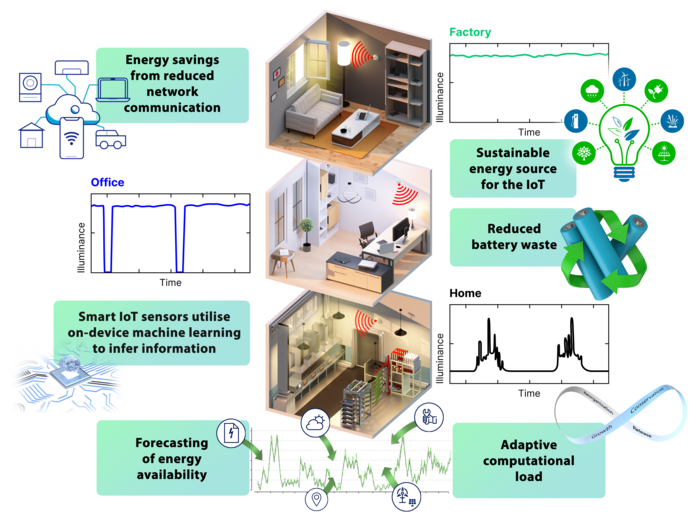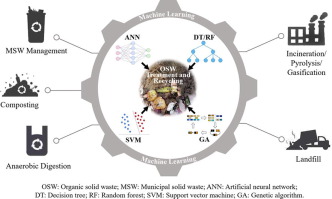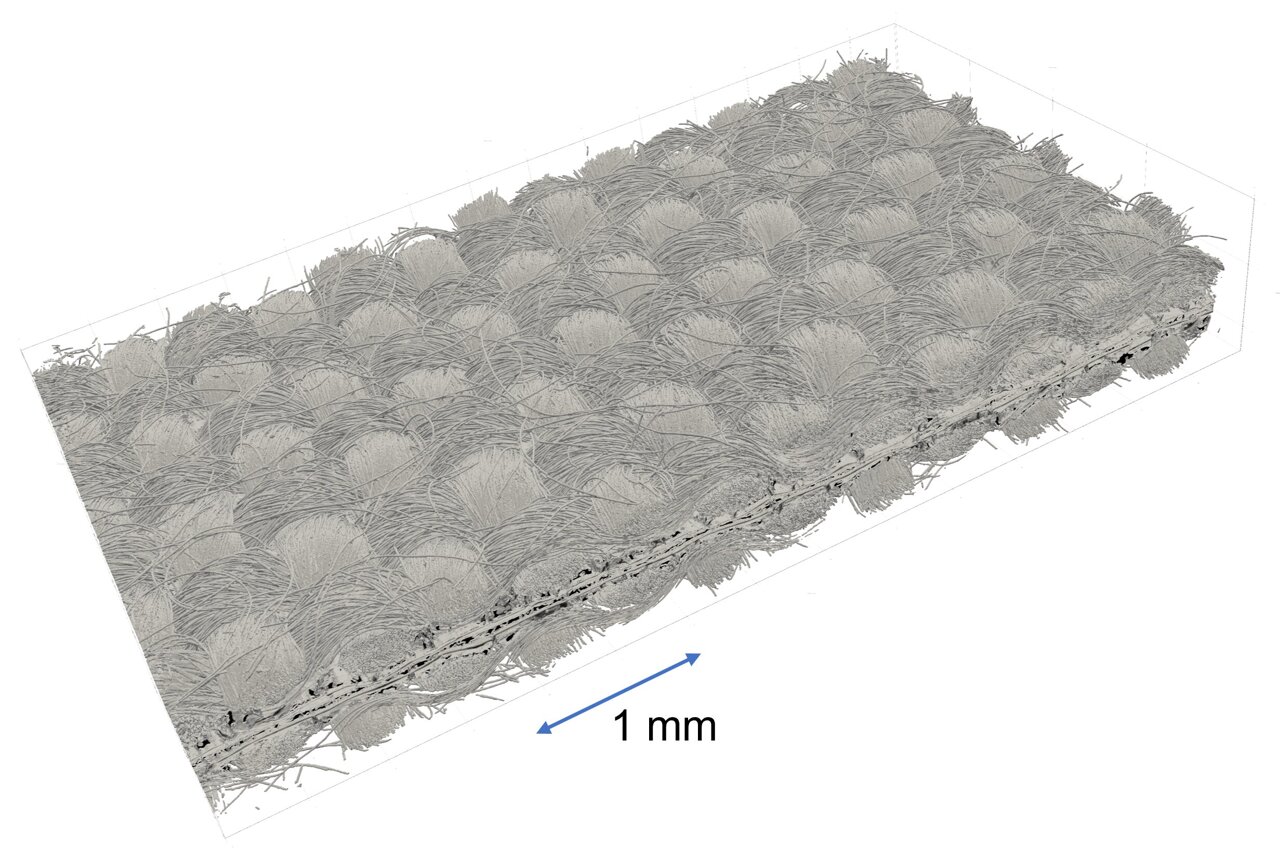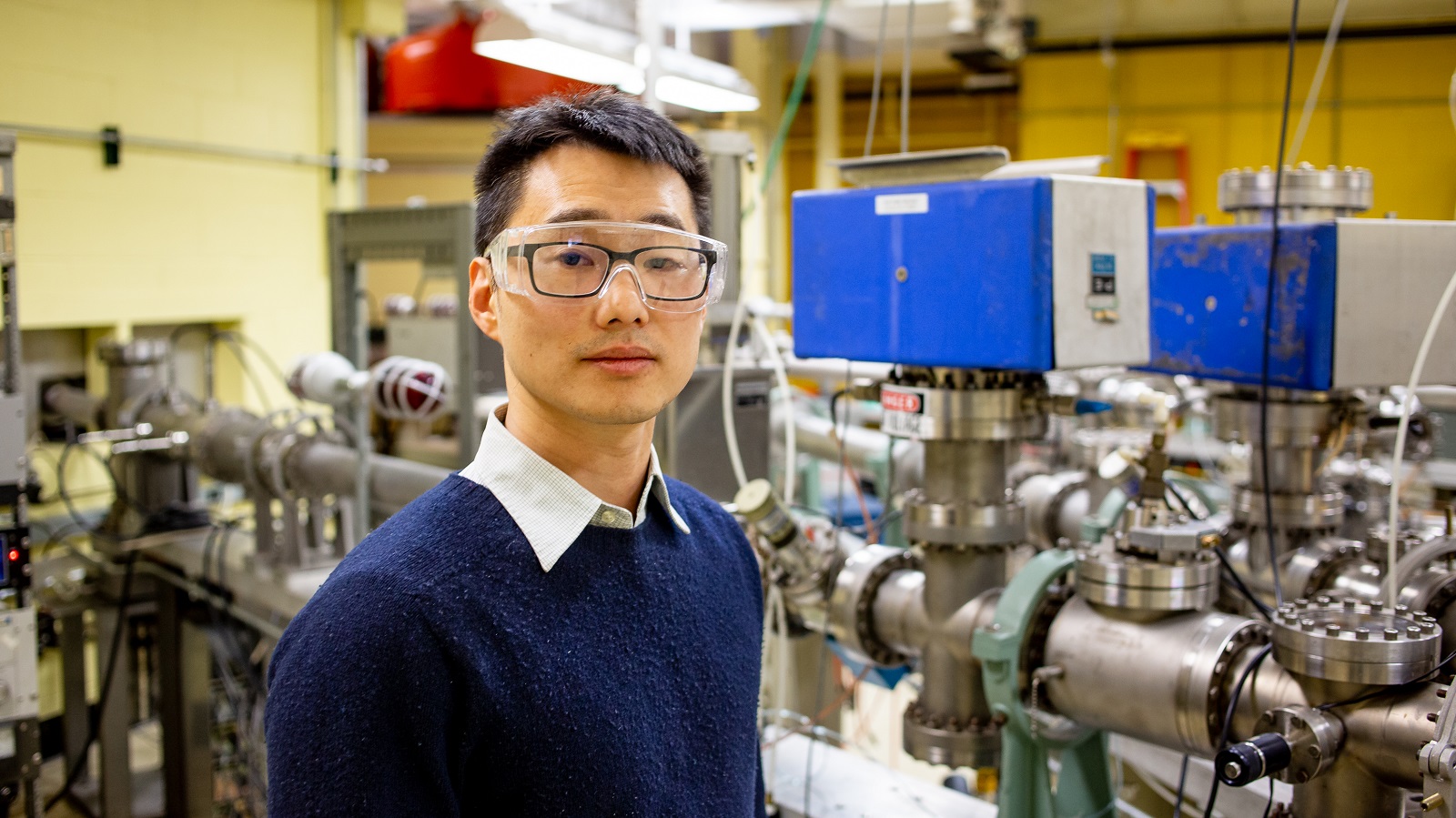Skip to content
Tandem solar cells based on perovskite semiconductors convert sunlight to electricity more efficiently than conventional silicon solar cells. In order to make this technology ready for the market, further improvements with regard to stability and manufacturing processes are required.…
Tandem solar cells based on perovskite semiconductors convert sunlight to electricity more efficiently than conventional silicon solar cells. In order to make this technology ready for the market, further improvements with regard to stability and manufacturing processes are required.…
Researchers in Australia have harnessed AI to produce solar cells from the mineral perovskite in just a matter of weeks, bypassing years of human labor and human error to optimize the cells.…
In an impressive combination of nuclear technology and machine learning (ML), a team of scientists at the U.S. Department of Energy's (DOE) Argonne National Laboratory has unveiled a significant finding in maintaining safety and efficiency in a type of next-generation…
"Hard-to-decarbonize" (HtD) houses are responsible for over a quarter of all direct housing emissions—a major obstacle to achieving net zero—but are rarely identified or targeted for improvement.…
"Hard-to-decarbonize" (HtD) houses are responsible for over a quarter of all direct housing emissions—a major obstacle to achieving net zero—but are rarely identified or targeted for improvement.…
Artificial intelligence (AI) comes with promises of helping coders code faster, drivers drive safer, and making daily tasks less time-consuming. But in a commentary published October 10 in the journal Joule, the founder of Digiconomist demonstrates that the tool, when…
Fuel cells, integral components of hydrogen fuel cell electric vehicles(FCEVs), serve as eco-friendly energy conversion systems that generate electric power and heat through the chemical reaction of hydrogen and oxygen. Korean local governments are enthusiastic about investing in relevant equipment…
Across the globe, data servers are humming, consuming both megawatts and precious natural resources to bring life to our digital world.…
Across the globe, data servers are humming, consuming both megawatts and precious natural resources to bring life to our digital world.…
Lithium ion batteries are the go-to power source for many of our favorite devices like cell phones and laptops, and their presence will continue to expand as electric vehicles become the new standard, replacing gasoline-powered cars.…
Proton-exchange membrane fuel cells (PEMFC), which are being developed for use in electric vehicles, rely on nanoparticles called catalysts to trigger electricity-producing reactions between hydrogen and oxygen. Most PEMFC catalysts contain platinum—a scarce and precious metal. There is therefore a…
Newcastle University researchers have created environmentally-friendly, high-efficiency photovoltaic cells that harness ambient light to power internet of Things (IoT) devices.…
Disposable plastics are everywhere: Food containers, coffee cups, plastic bags. Some of these plastics, called compostable plastics, can be engineered to biodegrade under controlled conditions. However, they often look identical to conventional plastics, are recycled incorrectly, and as a result,…
We developed an algorithm to massively improve images of hydrogen fuel cells, with future applications in medical scanning.…
The future of nuclear energy, which can produce electricity without harmful emissions, depends on discovery of new materials. A scientist at Argonne is using computer vision to separate the best candidates from a crowded field.…
Researchers from UNSW Sydney have developed an algorithm that produces high-resolution modeled images from lower-resolution micro X-ray computerized tomography (CT).…
文 » A
Scroll Up
×
![]()
